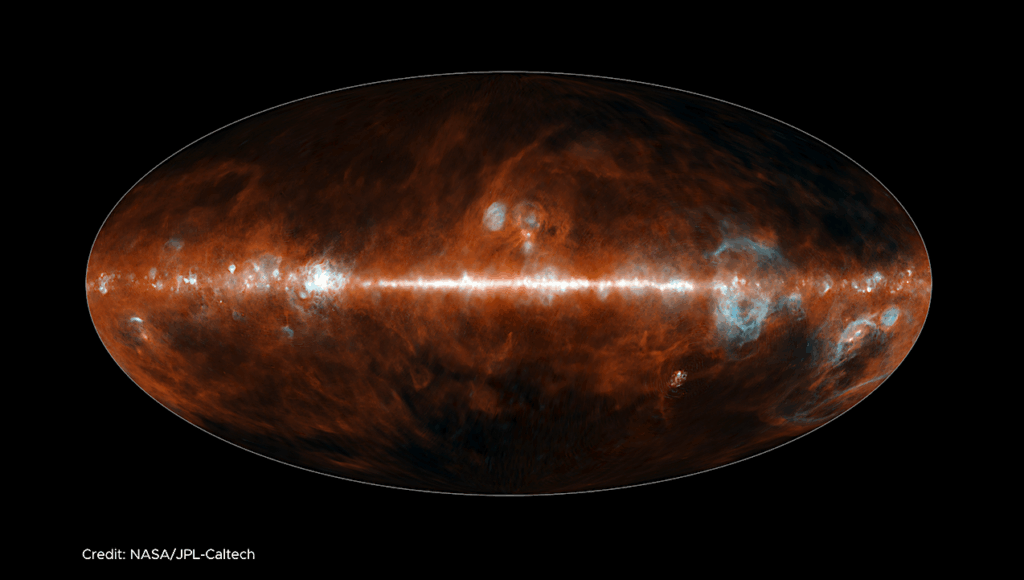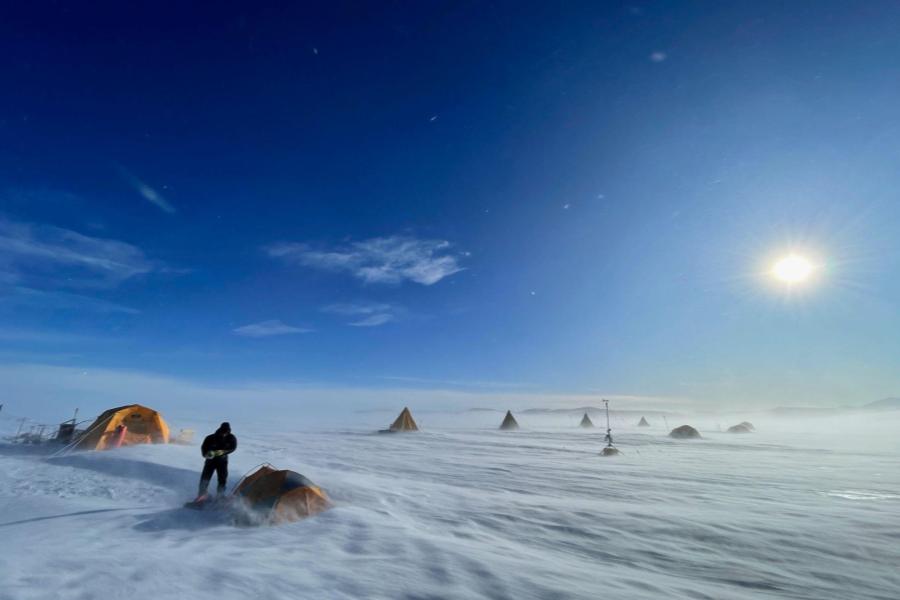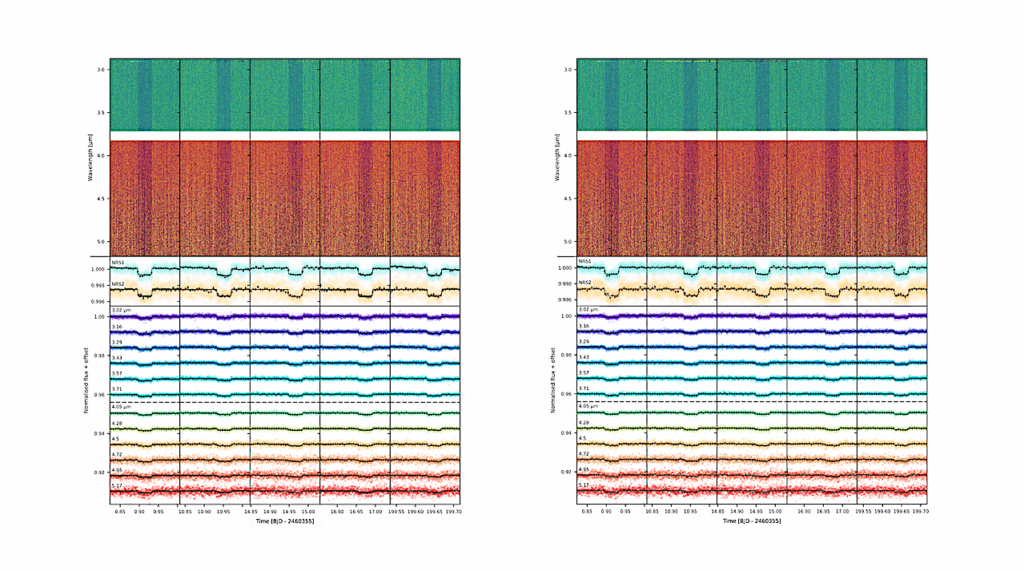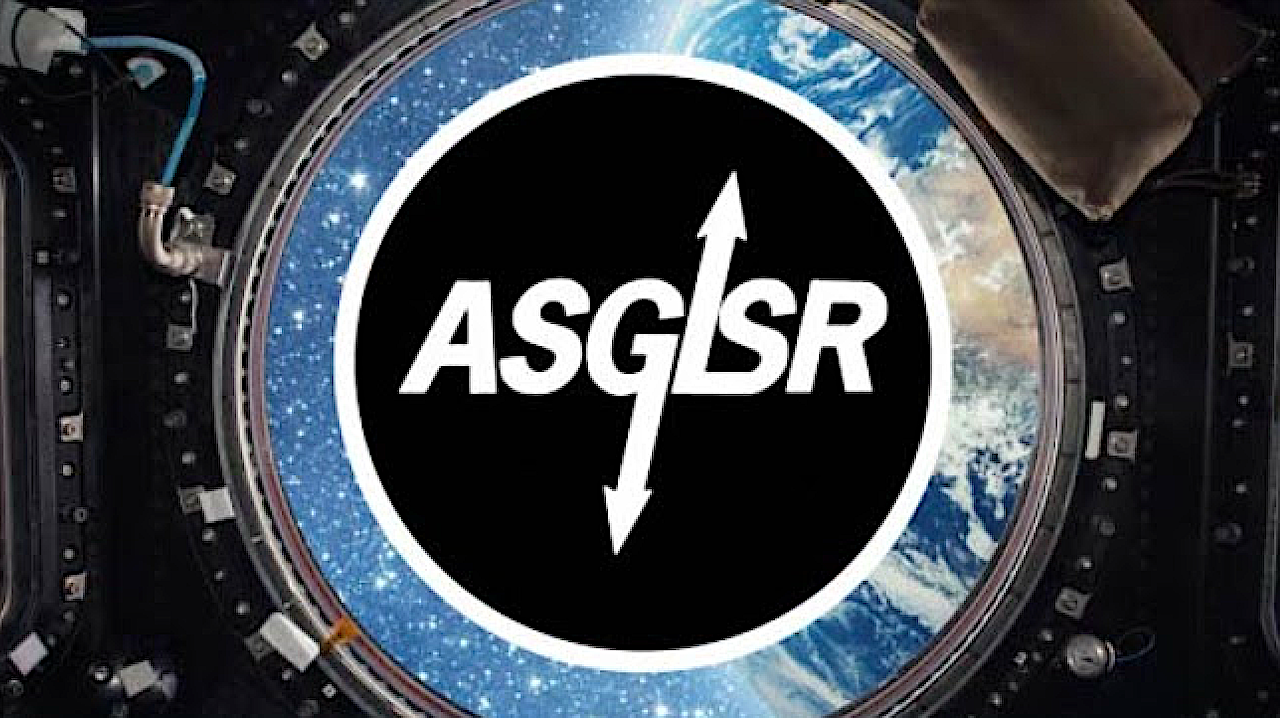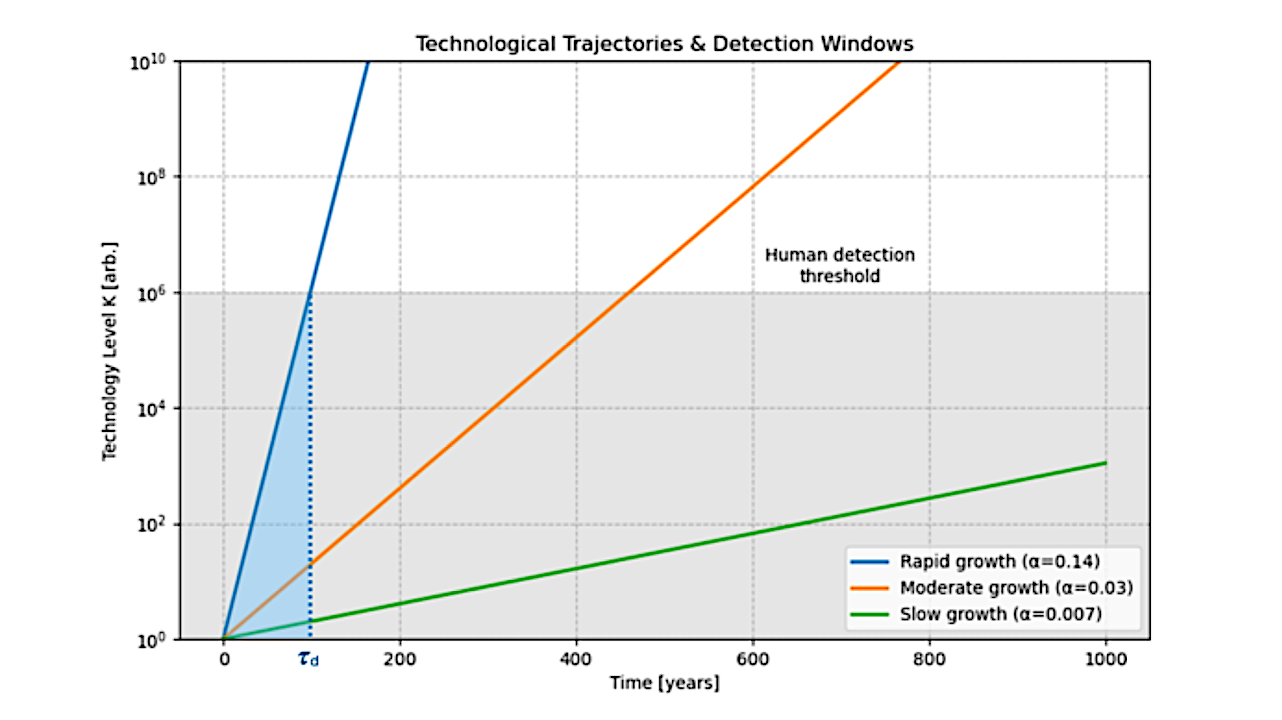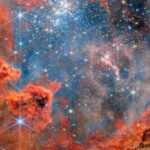Now Reading: Extreme Geomagnetic Storm On Early Earth Induced by Corotating Interaction Regions from the Young Sun
-
01
Extreme Geomagnetic Storm On Early Earth Induced by Corotating Interaction Regions from the Young Sun
Extreme Geomagnetic Storm On Early Earth Induced by Corotating Interaction Regions from the Young Sun
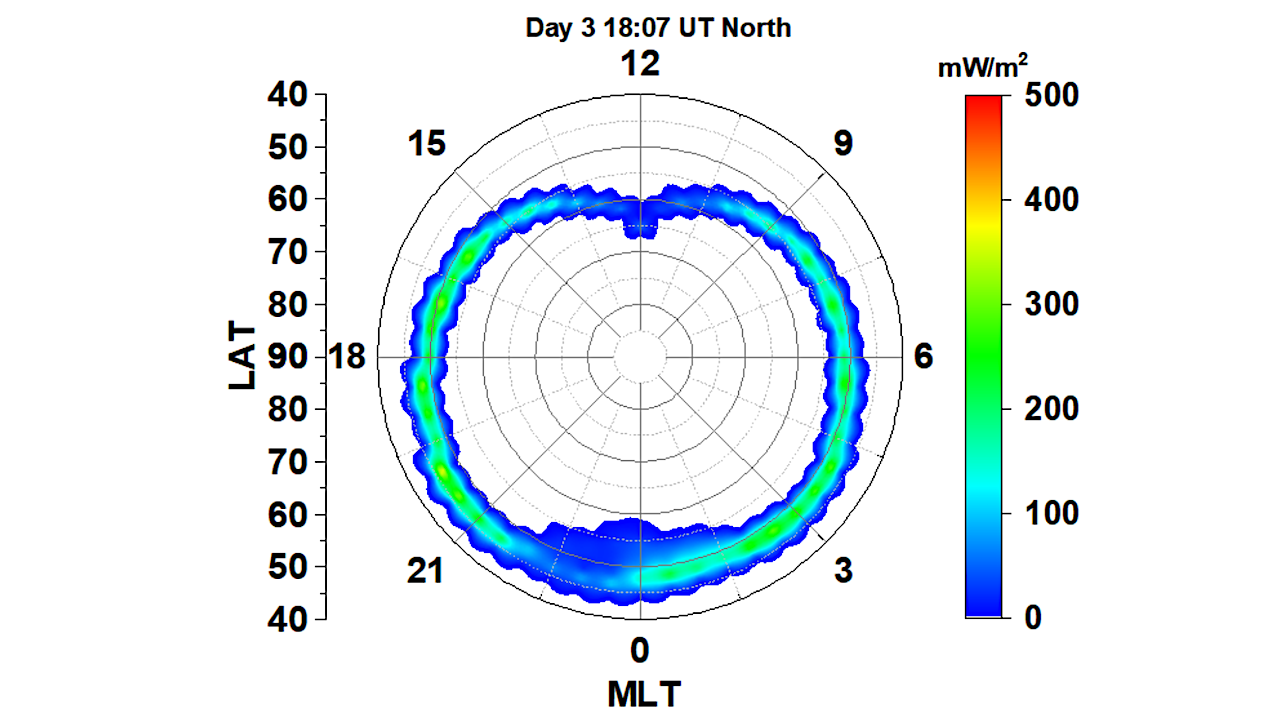

Integrated energy flux from SWMF electron precipitation in the northern hemisphere during positive stellar magnetic field Bz and low By period with high proton density, dynamic pressure, and stellar wind speed. — astro-ph.EP
Recent multiwavelength observations of young solar analogs suggest that the young Sun in the first 600 Myr was a magnetically active star that produced an X-ray and Extreme-UV (EUV) bright corona, fast, massive stellar wind, and energetic eruptive events.
These outputs affected magnetospheric environments of early Earth and young rocky exoplanets. The interaction of the fast solar wind with the slow wind produced strong shocks from Corotating Interaction Regions (CIRs) that provided high dynamic pressure on the magnetospheres of early Venus, Earth, and Mars.
Here, we apply the Space Weather Modeling Framework (SWMF), coupled with the Rice Convection Model (RCM) to simulate the response of the magnetospheric environments and associated Joule heating deposited in the upper atmosphere of early Earth as it passed through a CIR shock from the young Sun.
The model suggests ~ 40% closer dayside magnetopause standoff distance, and higher negative SYMH, Cross Polar Cap Potentials (CPCP), atmospheric Joule heating, Field Aligned Currents (FAC), electron precipitations, and equatorward polar cap expansions, comparable or exceeding those of recent intense and super geomagnetic storms. The magnetic storm produces dawn-dusk asymmetries in the polar cap boundary arising from the stellar magnetic field By.
The proton density enhancements during the CIR event are the dominant factor in the overall dynamic pressure for resulting electron precipitation and Joule heating deposited into the Earth’s ionosphere. We discuss implications for the magnetospheric states and associated habitability conditions on early Earth and young rocky exoplanets around magnetically active solar-like stars.
Dibyendu Sur, Vladimir S. Airapetian
Comments: Accepted by Astrophysical Journal, 22 pages, 11 figures
Subjects: Earth and Planetary Astrophysics (astro-ph.EP); Solar and Stellar Astrophysics (astro-ph.SR)
Cite as: arXiv:2509.21627 [astro-ph.EP] (or arXiv:2509.21627v1 [astro-ph.EP] for this version)
https://doi.org/10.48550/arXiv.2509.21627
Focus to learn more
Submission history
From: Vladimir Airapetian
[v1] Thu, 25 Sep 2025 21:45:22 UTC (1,759 KB)
https://arxiv.org/abs/2509.21627
Astrobiology, Space Weather,
Stay Informed With the Latest & Most Important News
Previous Post
Next Post
-
 01From Polymerization-Enabled Folding and Assembly to Chemical Evolution: Key Processes for Emergence of Functional Polymers in the Origin of Life
01From Polymerization-Enabled Folding and Assembly to Chemical Evolution: Key Processes for Emergence of Functional Polymers in the Origin of Life -
 02Panasonic Leica Summilux DG 15mm f/1.7 ASPH review
02Panasonic Leica Summilux DG 15mm f/1.7 ASPH review -
 03How New NASA, India Earth Satellite NISAR Will See Earth
03How New NASA, India Earth Satellite NISAR Will See Earth -
 04And Thus Begins A New Year For Life On Earth
04And Thus Begins A New Year For Life On Earth -
 05Astronomy Activation Ambassadors: A New Era
05Astronomy Activation Ambassadors: A New Era -
06SpaceX launch surge helps set new global launch record in 2024
-
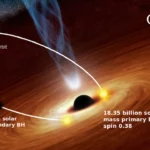 07Two Black Holes Observed Circling Each Other for the First Time
07Two Black Holes Observed Circling Each Other for the First Time












